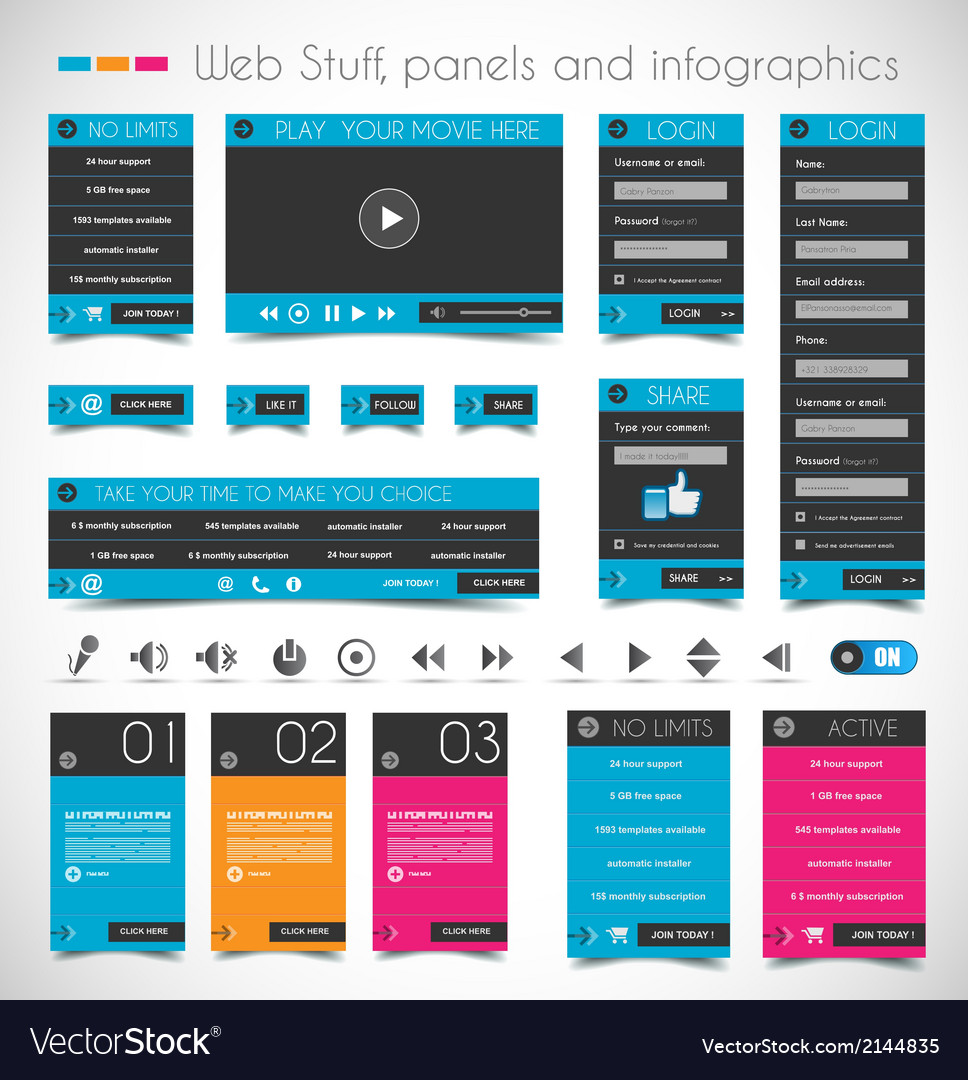Keen To Find How Website Layout Has Changed With Time? Dive Into The Development From Simpleness To User-Focused Experiences
Keen To Find How Website Layout Has Changed With Time? Dive Into The Development From Simpleness To User-Focused Experiences
Blog Article
Web Content By-Booker Clarke
In the past, sites were simple and focused on information. Navigation was direct, and design was for desktops. Currently, user experience is crucial. Information overviews layouts for very easy navigation. Responsive layouts match different tools. Today, dark setting lowers pressure, and minimal menus enhance navigation. Interactive features involve customers, and vibrant visuals stand apart. AI assimilation improves involvement. See how style has progressed to improve your on-line trip.
Very Early Days of Website Design
In the early days of website design, simplicity preponderated. over here were basic, with restricted colors, typefaces, and formats. The emphasis was on providing info instead of showy visuals. Users accessed the internet via slow-moving dial-up connections, so rate and functionality were vital.
Navigation menus were straightforward, generally located at the top or side of the web page. Internet sites were made for home computer, as mobile surfing wasn't yet widespread. Material was king, and designers prioritized easy readability over complex style components.
https://www.ospreyobserver.com/2022/07/digital-neighbor-welcomes-student-interns/ was the primary coding language made use of, and developers needed to function within its constraints. Computer animations and interactive features were minimal compared to today's standards. Sites were static, with little dynamic content or customized individual experiences.
Increase of User-Focused Design
With the evolution of website design, a change towards user-focused design concepts has actually become progressively prominent. Today, producing internet sites that prioritize user experience is vital for engaging visitors and attaining organization objectives. User-focused layout involves comprehending the demands, preferences, and actions of your target audience to tailor the website's design, content, and includes as necessary.
Developers now carry out detailed research study, such as customer studies and functionality screening, to collect insights and responses directly from customers. This data-driven strategy assists in developing intuitive navigation, clear calls-to-action, and aesthetically attractive user interfaces that reverberate with site visitors. By putting the customer at the center of the style process, websites can supply a much more customized and satisfying experience.
Responsive style has likewise emerged as a key facet of user-focused style, making certain that internet sites are optimized for different gadgets and display sizes. This adaptability boosts accessibility and functionality, satisfying the varied means customers interact with internet sites today. Fundamentally, the rise of user-focused style symbolizes a shift in the direction of producing digital experiences that focus on the requirements and expectations of the end customer.
Modern Trends in Website Design
Discover the current trends forming web design today. One popular pattern is dark mode style, supplying a streamlined and modern-day look while decreasing eye pressure in low-light atmospheres. Another vital pattern is minimalist navigation, simplifying food selections and improving customer experience by concentrating on essential elements. Including micro-interactions, such as animated buttons or scrolling impacts, can produce a much more interesting and interactive site. Responsive layout continues to be vital, making certain smooth user experiences across different devices. Furthermore, utilizing bold typography and asymmetrical layouts can add aesthetic interest and accentuate details material.
Incorporating AI technology, like chatbots for client assistance or tailored recommendations, enhances customer involvement and enhances processes. Access has also become a significant pattern, with designers prioritizing comprehensive style practices to satisfy diverse user needs. Accepting sustainability by maximizing web site performance for rate and effectiveness is another arising pattern in website design. Collaborating with customer comments and information analytics to iterate and improve style constantly is necessary for staying appropriate in the ever-evolving electronic landscape. By embracing these contemporary fads, you can produce an aesthetically enticing, straightforward web site that resonates with your audience.
Conclusion
As you reflect on the advancement of website design from the very early days to now, you can see just how user-focused style has come to be the driving force behind modern patterns.
Welcome the trip of modification and adjustment in web design, constantly maintaining the individual experience at the leading edge.
Keep current with the latest trends and technologies, and never ever quit advancing your method to develop visually spectacular and easy to use web sites.
Progress, adapt, and develop - the future of website design remains in your hands.
